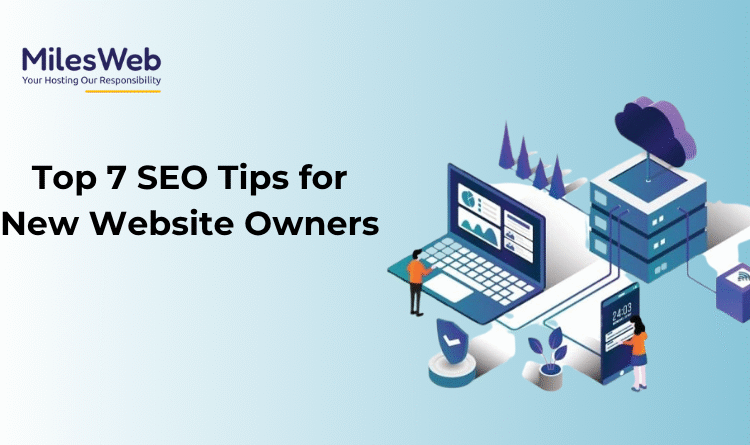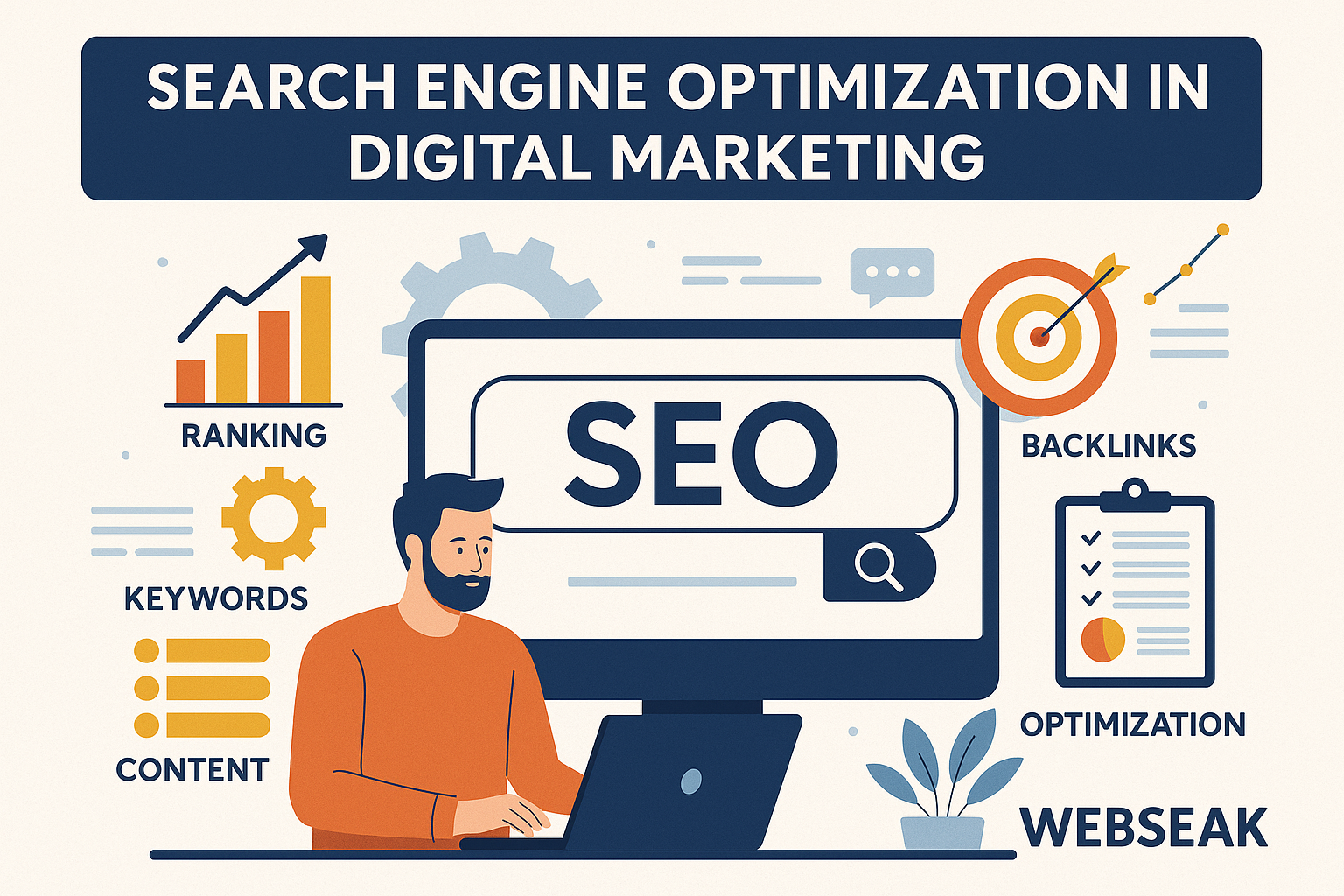Learn about the 200+ factors Google considers when ranking websites in search engine results pages. Discover how to optimize your website for improved visibility, authority, and ranking through on-page and off-page factors, mobile-friendliness, local business, site speed, link building, security, and more.
Regarding SEO, there are over 200 factors that Google considers when ranking websites. Understanding these factors and implementing best practices can improve your website’s visibility and search engine rankings. In this article, we will discuss these 200+ factors in detail and briefly describe each.
Google considers over 200 factors when determining a website’s ranking on its search engine. These factors range from on-page and off-page elements, technical SEO, content management systems, voice search, e-commerce, multilingual SEO, social media, brand signals, domain factors, page factors, mobile-friendliness, local business, page speed, site factors, link-building, and security. By implementing these factors, website owners can optimize their websites for improved visibility, authority, and ranking on search engine results pages. It’s important to note that SEO is an ongoing process, and website owners should regularly monitor and update their website’s content and technical aspects to ensure continued success in search engine rankings.
To optimize a website for search engines, website owners must consider all the factors that Google considers vital in its algorithm. This includes on-page and off-page factors like content quality, keyword usage, internal and external linking, website security, mobile-friendliness, page loading speed, user experience, social signals, and many others.
Content is still considered king in the world of SEO, and website owners must produce high-quality, unique, and relevant content that resonates with their target audience. Keyword research is crucial to identify the search terms users are looking for and use those terms naturally in the content, meta titles, descriptions, and headers.
Off-page factors, such as backlinks from trustworthy and relevant websites, are also crucial in building authority and improving ranking on search engine results pages. Website owners must also ensure their website is secure, free from malware, and has an SSL certificate to provide a secure connection for website visitors.
Mobile-friendliness is another critical factor in SEO, and website owners must ensure their website is optimized for mobile devices. This includes a mobile-friendly design, fast loading times, and easy navigation for a positive user experience.
On-Page Factors:
- Content quality – High-quality, relevant, and informative content is crucial for SEO success.
- Keyword usage – Use relevant keywords in your content, title tags, and meta descriptions.
- Page title – Use descriptive and keyword-rich page titles.
- Meta description – Use compelling meta descriptions that include relevant keywords.
- Header tags – Use header tags to break up your content and make it easier to read.
- Image optimization – Optimize your images with alt tags and compress them for faster loading times.
- URL structure – Use descriptive and keyword-rich URLs.
- Internal linking – Link to relevant pages within your website.
- Outbound linking – Link to relevant and trustworthy websites.
- User experience – Provide a positive user experience with easy navigation, fast loading times, and mobile-friendliness.
- Page loading speed – Optimize your website for fast loading times.
- Mobile-friendliness – Ensure your website is mobile-friendly and responsive.
- Structured data markup – Use structured data markup to provide additional information about your website to search engines.
- Duplicate content – Avoid duplicate content on your website.
- Canonicalization – Use canonical tags to prevent duplicate content issues.
Off-Page Factors:
- Backlinks – Quality backlinks from trustworthy and relevant websites can improve your website’s authority and ranking.
- Anchor text – Use relevant and descriptive anchor text for your backlinks.
- Social signals – Social media engagement and shares can indicate the relevance and popularity of your content.
- Brand mentions – Mentions of your brand or business on other websites can improve your website’s authority and ranking.
- Trustworthiness – Trustworthy websites with a good reputation and authority can improve your website’s ranking.
- Domain age – Older domains are considered more trustworthy and can improve your website’s authority.
- Domain name – Choose a relevant and memorable domain name.
- IP address – Avoid sharing an IP address with spammy websites.
- Location – Local SEO factors, such as location, can impact your website’s ranking.
- Business listings – Consistent and accurate business listings can improve your website’s authority and local SEO ranking.
Technical Factors:
- Site architecture – A clear and logical site structure can improve your website’s user experience and SEO.
- Robots.txt – Use a robots.txt file to control search engine crawling.
- XML sitemap – Submit an XML sitemap to Google to help with indexing.
- HTTPS – Use HTTPS to secure your website and improve your ranking.
- Page speed – Optimize your website for fast loading times.
- Crawl errors – Monitor and fix crawl errors on your website.
- Mobile-first indexing – Optimize your website for mobile-first indexing to improve your ranking on mobile devices.
- AMP – Use AMP (Accelerated Mobile Pages) to improve your website’s loading speed on mobile devices.
Security Factors:
- Malware – Avoid malware on your website.
- Hacked website – Monitor your website for hacking attempts and take immediate action if your website is hacked.
- Phishing – Avoid phishing attempts on your website.
User Engagement Factors:
- Click-through rate – Improve your website’s click-through rate by using compelling title tags and meta descriptions.
- Bounce rate – Improve your website’s user experience to reduce bounce rates.
- Time on site – Increase the time users spend on your website with engaging content and a positive user experience.
- Pages per session – Encourage users to visit multiple pages on your website.
- Conversion rate – Optimize your website for conversions, such as sign-ups or purchases.
Local SEO Factors:
- Google My Business – Claim and optimize your Google My Business listing.
- NAP consistency – Ensure consistent name, address, and phone number (NAP) information across all listings.
- Reviews – Encourage positive reviews from customers on Google and other review websites.
- Local keywords – Use relevant local keywords in your content and meta data.
- Local link building – Build local links from relevant and trustworthy websites.
- Local directories – List your business on relevant local directories.
International SEO Factors:
- Hreflang tags – Use hreflang tags to indicate language and regional targeting.
- Country-specific domain – Use a country-specific domain, such as .uk or .de, for targeting specific countries.
- Localized content – Create localized content for different countries and regions.
- Currency and pricing – Display localized currency and pricing for different countries and regions.
Voice Search Factors:
- Natural language – Optimize your content for natural language queries.
- Featured snippets – Optimize your content for featured snippets to appear in voice search results.
- Schema markup – Use schema markup to provide additional information for voice search results.
E-commerce SEO Factors:
- Product descriptions – Use unique and informative product descriptions.
- Product images – Optimize your product images with alt tags and compress them for faster loading times.
- Product reviews – Encourage customer reviews for your products.
- Product categories – Use relevant and organized product categories.
- Related products – Include related products for cross-selling and upselling opportunities.
Content Factors:
- Content length – Longer content can improve your website’s authority and ranking.
- Content quality – High-quality and informative content is crucial for SEO success.
- Content freshness – Fresh and updated content can improve your website’s authority and ranking.
- Content relevance – Relevant and informative content can improve your website’s authority and ranking.
- Content structure – Use clear and organized content structure for easy reading and user experience.
- Content optimization – Optimize your content for relevant keywords and user intent.
Keyword Factors:
- Keyword research – Conduct thorough keyword research to identify relevant and high-volume keywords.
- Keyword density – Use relevant keywords throughout your content, but avoid keyword stuffing.
- Keyword placement – Place keywords in strategic areas, such as titles, headers, and meta data.
Linking Factors:
- Backlink quality – Quality backlinks from trustworthy and relevant websites can improve your website’s authority and ranking.
- Link anchor text – Use relevant and descriptive anchor text for your backlinks.
- Internal linking – Link to relevant pages within your website.
- Outbound linking – Link to relevant and trustworthy websites.
- Link diversity – Diverse links from different types of websites can improve your website’s authority and ranking.
- Link velocity – A consistent and natural rate of link building can improve your website’s authority and ranking.
User Experience Factors:
- Navigation – Provide easy and intuitive website navigation.
- Readability – Use easy-to-read fonts and clear content structure.
- Layout – Use a clear and organized layout for easy reading and user experience.
- Accessibility – Ensure your website is accessible to all users, including those with disabilities.
Social Media Factors:
- Social media engagement – Social media engagement and shares can indicate the relevance and popularity of your content.
- Social media signals – Social media activity, such as likes, shares, and comments, can impact your website’s authority and ranking.
- Social media profiles – Optimize your social media profiles for SEO and link to your website.
- Social media content – Create and share relevant and engaging social media content.
Brand Signals:
- Brand mentions – Mentions of your brand or business on other websites can improve your website’s authority and ranking.
- Brand search – Increased brand searches can indicate the relevance and popularity of your website.
- Brand reputation – A positive brand reputation can improve your website’s authority and ranking.
Domain Factors:
- Domain age – Older domains are considered more trustworthy and can improve your website’s authority.
- Domain name – Choose a relevant and memorable domain name.
- Domain history – Check for any negative history, such as penalties or spammy activity, associated with your domain.
- Exact match domain – Exact match domains can provide a small SEO boost, but should be used sparingly and with relevant content.
Page Factors:
- Page authority – Page authority is a measure of how authoritative and trustworthy a page is, which can impact its ranking.
- Page relevance – Ensure your page is relevant to the search query and intent.
- Page age – Older pages may have more authority and relevance, but should be regularly updated with fresh content.
- Page title – Use descriptive and keyword-rich page titles.
- Meta description – Use compelling meta descriptions that include relevant keywords.
- Header tags – Use header tags to break up your content and make it easier to read.
- Image optimization – Optimize your images with alt tags and compress them for faster loading times.
- URL structure – Use descriptive and keyword-rich URLs.
- Canonicalization – Use canonical tags to prevent duplicate content issues.
Mobile-Friendliness Factors:
- Mobile-friendly design – Ensure your website is mobile-friendly and responsive.
- Mobile site speed – Optimize your website for fast loading times on mobile devices.
- Mobile usability – Provide a positive user experience on mobile devices with easy navigation and readable content.
Local Business Factors:
- Business listings – Consistent and accurate business listings can improve your website’s authority and local SEO ranking.
- Local keywords – Use relevant local keywords in your content and meta data.
- Local link building – Build local links from relevant and trustworthy websites.
- Local directories – List your business on relevant local directories.
Page Speed Factors:
- Page loading speed – Optimize your website for fast loading times.
- Server response time – Ensure your server response time is fast.
- Image optimization – Optimize your images with alt tags and compress them for faster loading times.
- Caching – Use caching to improve page loading speed for returning users.
Site Factors:
- Site speed – Optimize your website for fast loading times.
- Duplicate content – Avoid duplicate content on your website.
- Site architecture – A clear and logical site structure can improve your website’s user experience and SEO.
- Site updates – Regularly update your website with fresh and relevant content.
- Site map – Use a sitemap to help with search engine crawling and indexing.
Link Building Factors:
- Backlink quality – Quality backlinks from trustworthy and relevant websites can improve your website’s authority and ranking.
- Link anchor text – Use relevant and descriptive anchor text for your backlinks.
- Link diversity – Diverse links from different types of websites can improve your website’s authority and ranking.
- Link velocity – A consistent and natural rate of link building can improve your website’s authority and ranking.
- Link relevancy – Ensure your backlinks are relevant to your website and content.
Security Factors:
- HTTPS – Use HTTPS to secure your website and improve your SEO.
- SSL certificate – Install an SSL certificate to provide a secure connection for your website visitors.
- Malware – Ensure your website is free from malware and other security threats.
- Hacked content – Monitor your website for any hacked content that can harm your SEO.
- Privacy policy – Include a privacy policy on your website to improve user trust and SEO.
Technical SEO Factors:
- Robots.txt – Use a robots.txt file to control search engine crawling and indexing.
- XML sitemap – Use an XML sitemap to help search engines crawl and index your website.
- Structured data – Use structured data to provide additional information for search engine results.
- JavaScript – Ensure your website is optimized for JavaScript and is crawlable by search engines.
- Pagination – Use pagination to break up long pages or articles into smaller sections.
- 404 errors – Monitor your website for any 404 errors and redirect them to relevant pages.
- Redirects – Use redirects to ensure users and search engines are directed to the correct page.
- AMP – Use AMP (Accelerated Mobile Pages) to improve page loading speed on mobile devices.
- Server location – Choose a server location that is closest to your target audience.
Content Management System (CMS) Factors:
- CMS compatibility – Ensure your CMS is compatible with SEO best practices.
- CMS updates – Keep your CMS updated with the latest security patches and features.
- CMS plugins – Use relevant and trustworthy plugins to improve your website’s functionality and SEO.
- CMS flexibility – Choose a CMS that is flexible and customizable for your website’s specific needs.
Voice Search Factors:
- Natural language – Optimize your content for natural language queries.
- Featured snippets – Optimize your content for featured snippets to appear in voice search results.
- Schema markup – Use schema markup to provide additional information for voice search results.
Multilingual SEO Factors:
- Language targeting – Use language targeting to optimize your website for different languages.
- Hreflang tags – Use hreflang tags to indicate language and regional targeting.
- Localized content – Create localized content for different languages and regions.
- Translation quality – Use high-quality translations for your content.
Mobile-Friendliness Factors:
- Mobile-friendly design – Ensure your website is mobile-friendly and responsive.
- Mobile site speed – Optimize your website for fast loading times on mobile devices.
- Mobile usability – Provide a positive user experience on mobile devices with easy navigation and readable content.
Local Business Factors:Site Factors:
- Site speed – Optimize your website for fast loading times.
- Duplicate content – Avoid duplicate content on your website.
- Site architecture – A clear and logical site structure can improve your website’s user experience and SEO.
- Site updates – Regularly update your website with fresh and relevant content.
- Site map – Use a sitemap to help with search engine crawling and indexing.
In addition, website owners must consider local business factors, such as accurate business listings and relevant local keywords. Site speed, architecture, and regular updates with fresh content are also crucial to improving ranking on search engine results pages.
By understanding and implementing these 200+ factors, website owners can optimize their websites for improved visibility, authority, and ranking on search engine results pages. However, SEO is an ongoing process. Website owners must continuously monitor and update their websites to stay on top of the latest trends and changes in the search engine algorithm.





